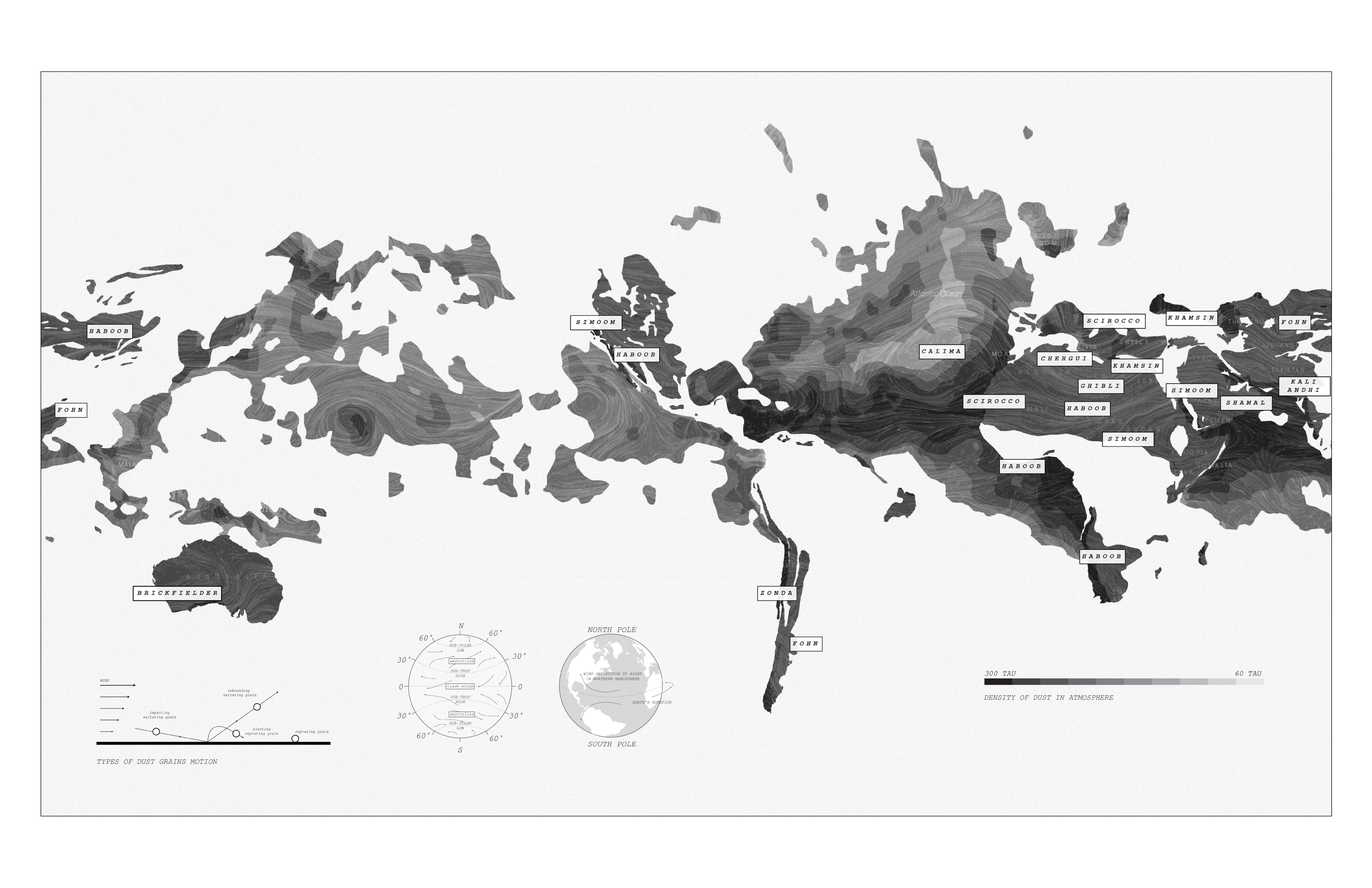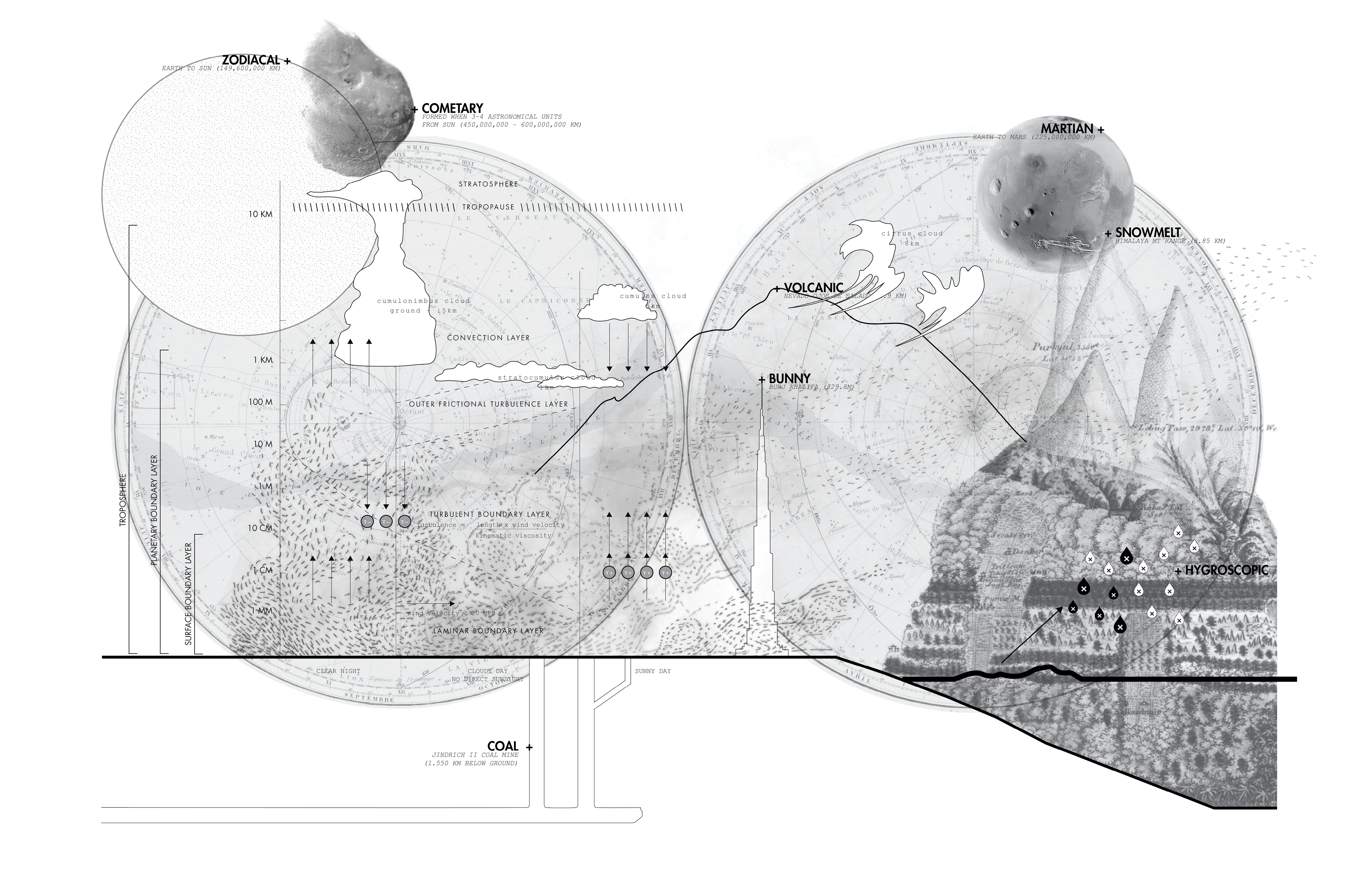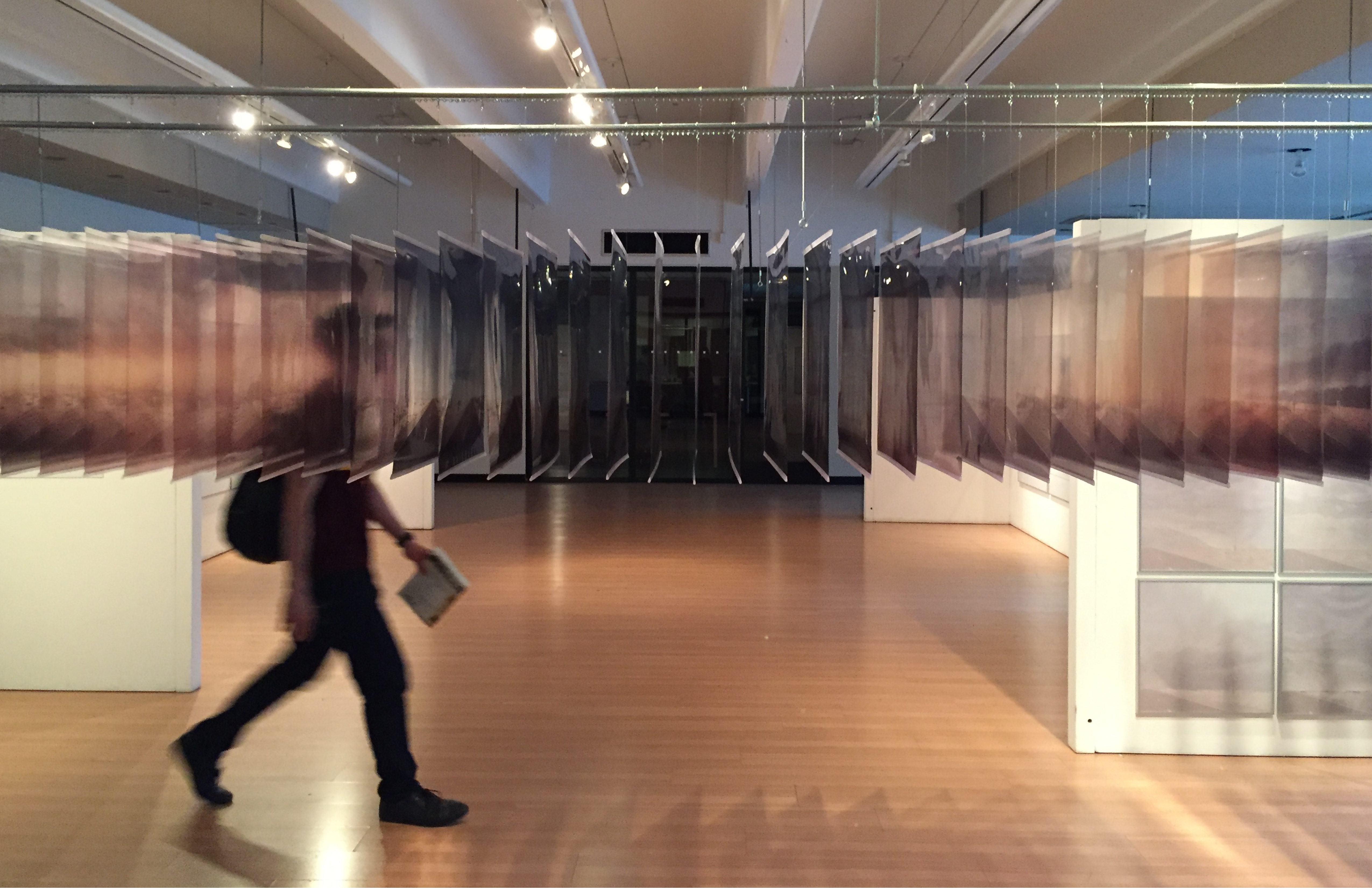
Danika Cooper
https://calendar.google.com/calendar/u/0/appointments/schedules/AcZssZ0s-USTJ6zovWKwasf4gBlcDIpzIO_hqtDmPvigktM_j_Tjf41iHUgU9QaywuC0QRbvhvjNsV9G
BIOGRAPHY
Danika Cooper is associate professor in the Department of Landscape Architecture & Environmental Planning at the University of California, Berkeley, where the core of her research centers on the geopolitics of scarcity, alternative water ontologies, and designs for resiliency in the global aridlands. Aridlands have largely been underexplored in landscape architecture — her work offers multiple ways of knowing, being, and engaging with desert landscapes to better inform current environmental and landscape architecture discourse and practice. This is especially important as populations in these regions increase and as the climate becomes drier and hotter. Through her scholarship, Cooper traces the ways that nineteenth-century, Euro-Western environmental theories and ideologies continue to influence cultural perceptions, policy frameworks, and management practices within US desert landscapes today.
Throughout U.S. history, the desert has largely been imagined in contradictory terms — at times considered “empty,” “barren,” and “worthless” while at other moments brimming with economic potential. Her research shows how environmental discourse in the U.S. is directly tied to a set of colonial beliefs and physical transformations aimed at deliberately exploiting the desert’s value for economic and political power. Her research highlights alternatives to prevailing 19th-century conceptions that the aridlands should and can be physically transformed through technocratic solutions. Contemporary climate realities promise that technocratic solutions, especially the implementation of hydraulic infrastructure that brings water from wetter places to the aridlands, are responsible for both exacerbating extreme climates and contributing to aridification (the long-term process by which environments become drier and hotter). Her work underscores the need for embracing aridity and designing with dry ecology, rather than attempting to forcefully change or thwart it.
Cooper's research and creative output has been published and exhibited across the world, and she has practiced architecture and landscape architecture both in the United States and in India. Prior to joining Berkeley, she was the 2015–2016 designer-in-residence teaching fellow at the University of Illinois, Department of Landscape Architecture.
Office hours sign up here.
COURSES TAUGHT
LA 287 Representation as Research
LA 254 Towards a Resilient Arid Future
LA 252B MLA / MLA-EP Thesis Prep
LA 234 Introduction to Drawing for Landscape Architects
LA 202 Drawing the Desert
LA 189 Contemporary Approaches to Visualization in Landscape Architecture
Publications
"Dry Matters: Speculations for an Arid Future," Journal of Architectural Education (2023)
"Spatializing Reparations: Mapping Reparative Futures," Journal of Architectural Education (2023)
"Drawing Deserts, Making Worlds" Deserts are Not Empty (2022)
"Legacies of Violence: Citizenship and Sovereignty on Contested Lands" Landscape Citizenships (2021)
"Invisible Desert" e-flux Architecture Journal (2019)
"Tides in the Body" Fresh Water: Design Research for Inland Water Territories (2019)
"How to Draw a Dust Storm" Journal of Landscape Architecture (2019)


